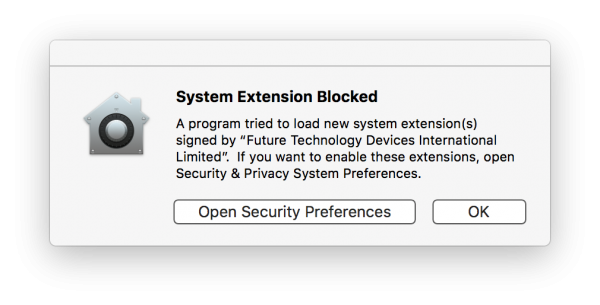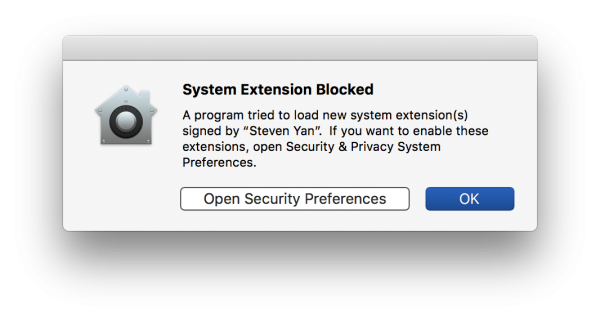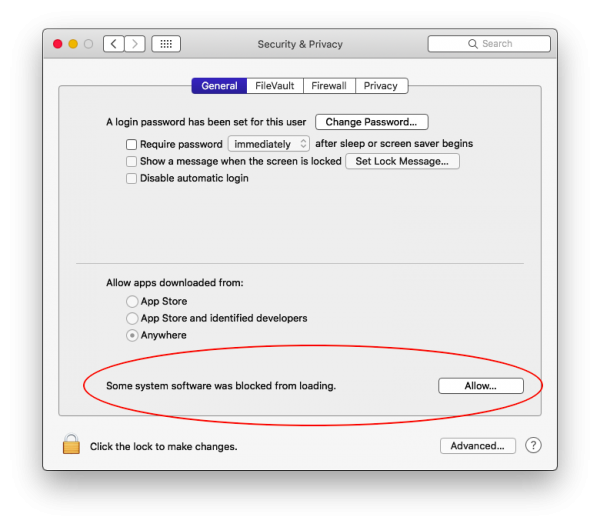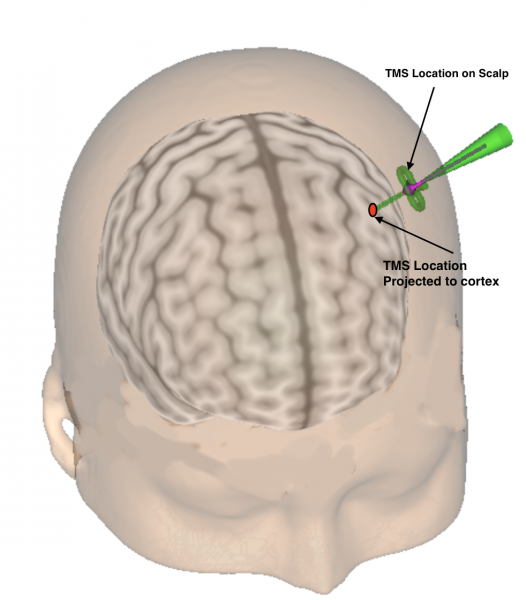Brainsight 2.4.1 is released for all users
We are happy to announce the release of Brainsight 2.4.1.
Before proceeding with this update, please read the following important information.
Minimum requirements:
- Mac OS X 10.11 El Capitan or later is required. For a free update, visit <https://www.apple.com/macos/how-to-upgrade/>. Contact us if you need to upgrade your Mac hardware.
- This version of Brainsight was tested against OS X 10.11.6 (El Capitan), 10.12.6 (Sierra), 10.13.6 (High Sierra), 10.14.6 (Mojave), and 10.15.2 (Catalina).
- Mac OS X 10.10 (Yosemite) and earlier are unsupported.
Important Compatibility Note:
- Note: the project file format has changed vs version 2.3.x. Brainsight 2.4 can open documents created by older versions of Brainsight, but older versions of Brainsight cannot open documents created by Brainsight 2.4. Opening an old project will convert the project format, and the conversion cannot be reversed.
Changes since version 2.4.1:
- Improved compatibility with macOS 10.15 Catalina by supporting ‘notarization’. This eliminates the “Brainsight can’t be opened because Apple cannot check it for malicious software” error message.
- Fixed a bug where some Analog Receivers / EMG Pods were not detected. We discovered that a small number of such devices were not correctly programmed by us. If this is the case for your device, when you open a session window you will receive a message explaining the situation with a button to reprogram the device correctly.
- Fixed miscellaneous bugs.
Download:
- Brainsight 2.4.1 can be downloaded from our website here: <https://www.rogue-research.com/downloads>
- You will also need to download “Support Files Human 1.5” and/or “Support Files Vet 1.2” if you have an older version. Brainsight will warn at launch if that’s the case.
- You’ll need your serial number, which you can get from Brainsight itself from the Brainsight menu > ‘Enter/View Serial Number’.
Feedback:
- Please report any and all bugs, feedback, suggestions, etc. to <support@rogue-research.com> or by phone at +1-866-984-3888 (Canada & USA) or +1-514-284-3888.
Thank you,
The Rogue Research Team
Brainsight 2.4.1 is released for all users Read More »



